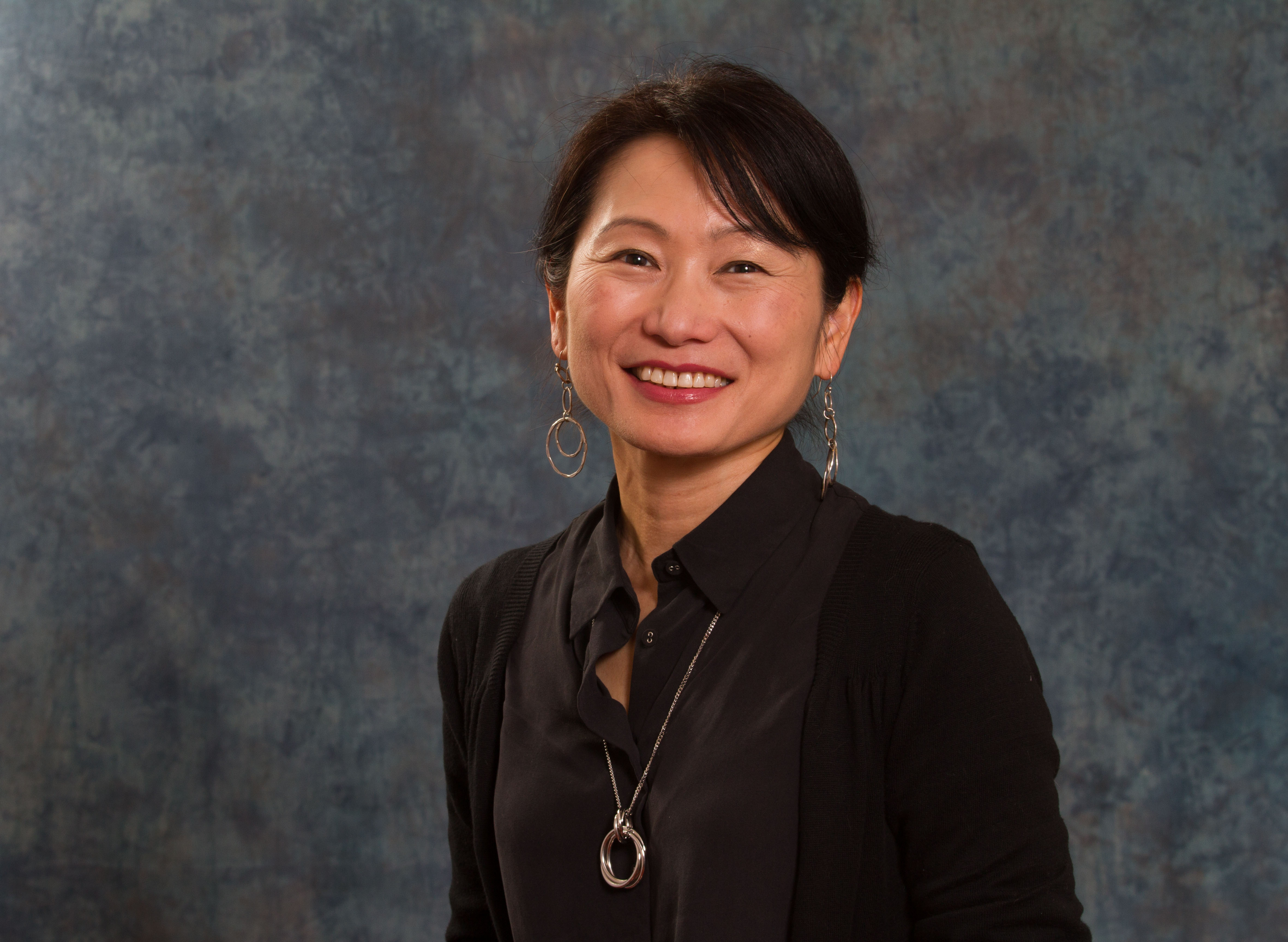By Gail Hairston
(Aug. 10, 2015) — The painful memories of World War II continue to adversely impact the political climate of Asia, especially between Japan and China and South Korea. In fact, many scholars still refer to the worldwide conflict as the Asia-Pacific War. Generations later, as the 70th anniversary of Japan’s surrender in 1945 approaches, Japan and its Prime Minister Shinzo Abe still struggle with what The Japan Times recently called "war apology issues."
Into this charged international political atmosphere, University of Kentucky Associate Professor of History Akiko Takenaka’s first book, "Yasukuni Shrine: History, Memory, and Japan’s Unending Postwar," has struck a sensitive nerve but with glowing accolades. "Yasukuni Shrine" explores the controversial shrine’s role in waging war, promoting peace, honoring the dead and building Japan’s modern national identity.
Published by University of Hawaii Press, "Yasukuni Shrine" was recently included in Columbia University’s Studies of the Weatherhead East Asian Institute book series. In its introduction of Takenaka’s book, the institute describes it as the "first extensive English-language study of Yasukuni Shrine as a war memorial, tracing its history from the final years of imperialism to the present."
The historical controversies in "Yasukuni Shrine" focus on the shrine’s role in terms of national identity and war memory and the dilemma of how to remember those who died in Japan’s attempt to subjugate Asia.
In an interview with the Columbia University Weatherhead East Asian Institute, Takenaka said, "Yasukuni Shrine is one of the main focal points in the international debates on how Japan remembers its wartime past. It is deeply intertwined with Japan’s domestic politics in the postwar decades as a result of the strong ties that the Liberal Democratic Party has forged with the shrine and all its meanings.
"But most writings on Yasukuni Shrine treat it as a political problem rather than a war memorial and an actual space, an actual shrine, with a long history," she continued. "I wanted to examine its history as well as the spatial practices that took place within the shrine grounds as a way to think about how it became such a complex political issue. I was also interested in the ways the shrine contributed to the making, strengthening, and transforming of Japan’s national identity."
 Her book relies on publications by and about the shrine, photo albums produced for bereaved families, newspaper and magazine articles, and memoirs, including interviews with the shrine’s staff. She visited the shrine grounds and the Yūshūkan museum numerous times for fieldwork.
Her book relies on publications by and about the shrine, photo albums produced for bereaved families, newspaper and magazine articles, and memoirs, including interviews with the shrine’s staff. She visited the shrine grounds and the Yūshūkan museum numerous times for fieldwork.
"I think that a key contribution that my book can make," Takenaka said, "is its coverage of the entire history of Yasukuni Shrine from its pre-Meiji conceptualizations to the present. I attempted to undertake the history in a way that would highlight the varying roles and meanings the shrine has had for different people, and how the meanings have transformed over time. My goal here was to demonstrate why Yasukuni Shrine became, and still is, such a political problem, rather than to offer critique or a solution.
"I took this approach because I believe that a resolution to such a complicated and contentious issue must involve an understanding of beliefs of the other side. I hope that this approach will also be useful in thinking about other pressing matters that Japan faces."
In a Japan Times commentary, Takenaka comments on the "dilemma of how to remember those who died in Japan’s attempt to subjugate Asia" and calls for an apology "for the violence inflicted on others and … the wrongs of the past." She goes on to advocate for the "inclusion of peace education in the school curriculum" in a time when some accuse the government of "white-washing textbooks and promoting patriotic education."
